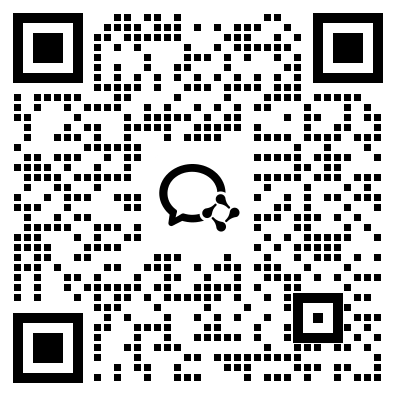2015年3月全国英语等级考试三级试题答案解析:阅读A
SECTION III Reading Comprehension(40 minutes)
Dilrections:
Read the following three texts. Answer the questions on each text by choosing A, B, C or D. Mark your answers on your ANSWER SHEET.
Text 1
Sometime in the middle of the 15th century, a well-to-do merchant from London buried more than 6,700 gold and silver coins on a sloping, hillside in Surrey. He was fleeing the War of the Ro-ses and planned to return during better times. But he never did. The coins lay undisturbed until one September evening in 1990, when local resident Roger Mintey chanced upon them with a metal de-tector, a device used to determine the presence of metals. Mintey's find much of. which now sits in the British Museum-earned him roughly $350,000, enough to quit his job with a small manu- facturer and spend more time pursuing lost treasure.
But digging up the past is controversial in Britain. In many European countries, metal detecto- fists, or people using metal detectors, face tough regulations. In the U. K., however, officials in- troduced a scheme in 1997 encouraging hobbyists to report their discoveries (except for those fall- ing under the definition of treasure, like Mintey's find, which they are required to report)--but al- lowing them to keep what they find, or receive a reward. Last year, a hidden store was uncovered
in a field outside Birmingham. It consists of more than 1,500 gold and silver objects from the sev- enth century and was valued at more than $4.5 million. While local museums hurry to raise enough money to keep the find off the open market, it sits in limbo, owned by the Crown but fa- cing claims by the landowner and the metal detectorist who found it.
The find marks the latest battleground in the increasingly heated conflict between the country's 10,000-20,000 metal detectorists and the museum workers determined to protect its precious old objects. Supporters say the scheme stems the loss of valuable information about precious old ob-jects, while opponents argue that metal detectorists don't report everything.
The debate centers on the larger question of who owns the past. "There's been a slow move over the centuries that precious old things belong to us all," says Professor Christopher Chippindale of Cambridge University. But in Britain at least, the temptation of buried treasure could change all that.
46. According to the first paragraph, the coins in Surrey were
A. worth roughly $350,000
B. possessed by a local resident
C. unearthed about 500 years ago
D. left by a merchant during a war
47. What do we know about Roger Mintey?
A. He produces metal detectors.
B. He owns a manufacturing firm.
C. He works for the British Museum.
D. He seeks buried treasure as a hobby.
48. In the U. K., metal detectorists
A. are rewarded for whatever they find
B. are forced to obey tough regulations
C. may keep what they have discovered
D. should report whatever they discover
49. As for the find outside Birmingham, it is still unclear
A. how much it is worth
B. how it was discovered
C. who is entitled to it
D. what it is made up of
50. According to Professor Christopher Chippindale, buried treasure
A. is owned by the public
B. is debated in a heated way
C. remains a big temptation
D. turns precious over time
点击查看:译文及答案详解>>













